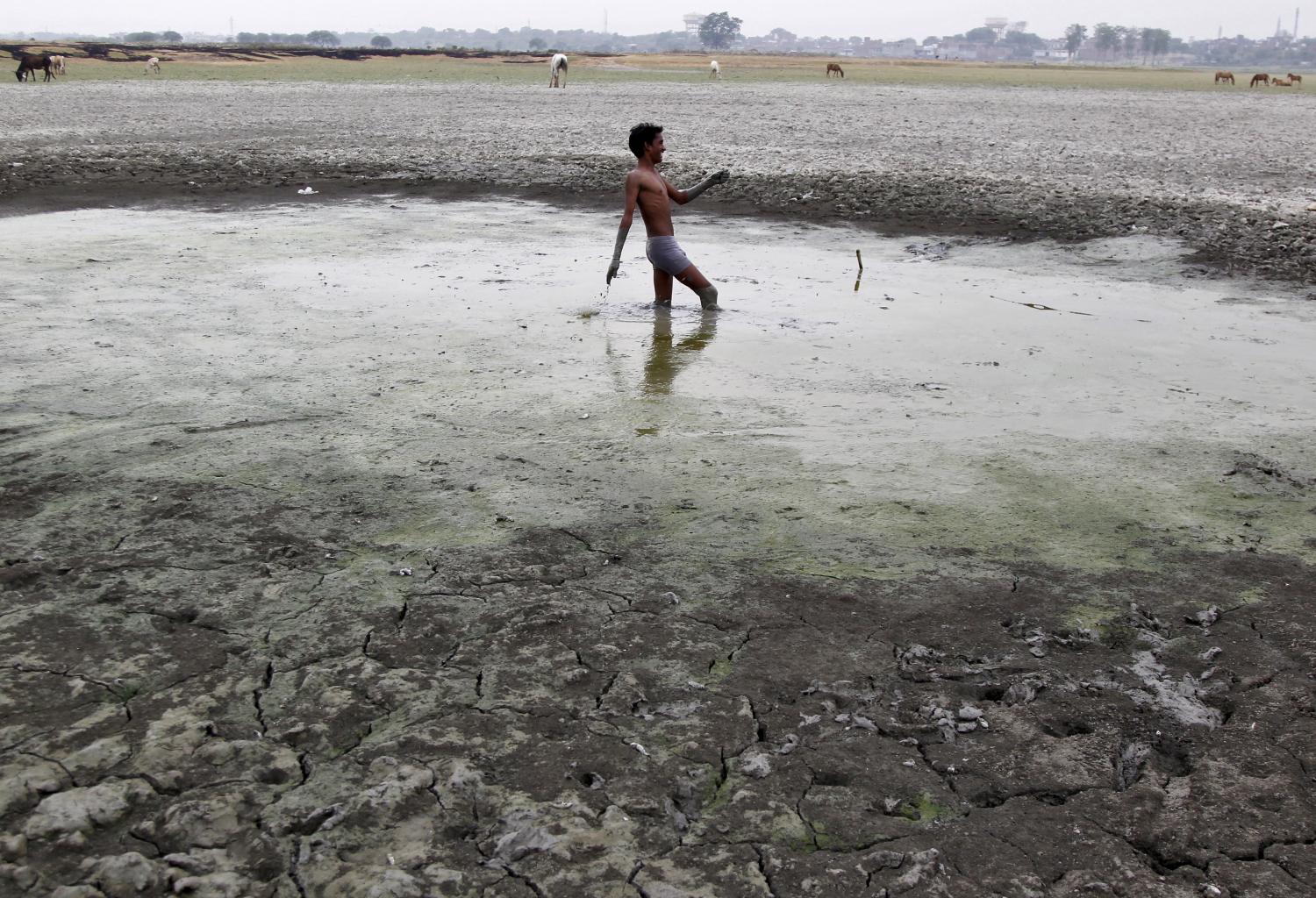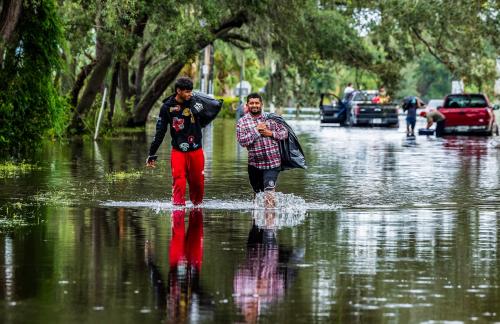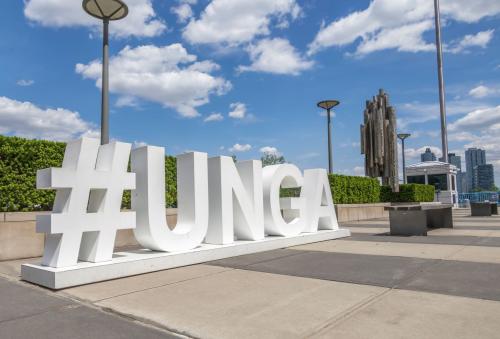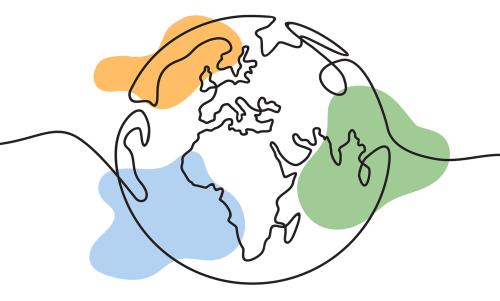Population growth, urbanization, and environmental degradation have led to the exposure of a rising number of people to disaster risk, with statistics showing a steep rise in the number of disasters caused by natural hazards in recent decades. These numbers are likely compounded by the effects of a changing climate that is already increasing and predicted to increase even more the frequency and ferocity of a number of natural hazards. Both increasing disaster risk and the growing number of actual disasters are leading authorities and the international community to consider the planned relocation of people at risk from unsafe areas as a strategy to reduce loss of life and injury from those hazards. At the same time, many communities are reaching the same conclusion as they contemplate moving to safer areas.
An interdisciplinary expert meeting in Washington D.C. in February 2015 defined planned relocation as follows: “planned relocation is a process in which persons or groups of persons move or are moved away from their homes, settled in a new location, and provided with the conditions for rebuilding their lives. Planned relocation is carried out under the jurisdiction of the state, takes place within national borders, and is undertaken in order to mitigate risk and impacts related to disasters, including the effects of climate change.”
This paper provides an overview of the literature on case studies on planned relocations. For that purpose, it reviews 38 documents, which present case studies on planned relocations. The main focus of the study lies on case studies focusing on the first and second category of relocations introduced above, which this paper will call anticipatory and reactive relocations. The paper provides an overview of the literature, discusses trends that can be extrapolated from that review and identifies possible gaps in the literature. This is followed in part 2 by an annotated bibliography of the 38 documents.
The Brookings Institution is committed to quality, independence, and impact.
We are supported by a diverse array of funders. In line with our values and policies, each Brookings publication represents the sole views of its author(s).



